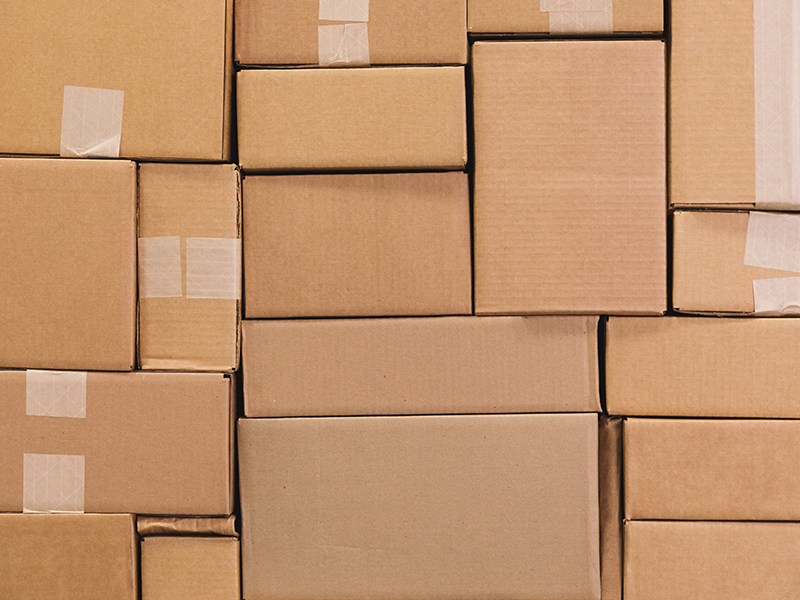The influence of sustainability, recycling and new approaches to reducing waste are resulting in a variety of new pack designs and formats in the folding cartons market, according to a new report from Smithers,
The Future of Folding Cartons to 2028.
As the rebound from Covid-19 continues, the folding carton market showed 2.5% growth in 2021 and further growth in excess of 5% in 2022. Additionally, capacity changes in the industry have a marked bearing on future investment strategies, with a net total of over 6 million tonnes of production capacity entering the market between 2020 and 2022. Predicted medium-term growth in the folding cartons market indicates global consumption of almost 70 million tonnes by 2028, with a value approaching $200 billion at constant 2022 prices.
Market demand
The total installed capacity in 2022 amounted to over 59 million tonnes, providing a buffer of some 5 million tonnes against demand of over 53 million tonnes. However, this demand is likely to increase by over 20 million tonnes between 2023 and 2028, so some significant investments will be required to meet this growing demand by then.
Over 53 million tonnes of cartonboard was produced globally in 2022, representing an increase of more than 8% over the 2021 production volume, which in turn showed only slight growth from the 2018 volume due to the pandemic largely. The market value reached over $53 billion in 2022, based on the latest selling price estimates, showing over 12% increase on the 2021 value of over $47 billion.
A good recovery is expected in converted folding carton volumes over both the short and medium terms, with the global projected to reach over 77 million tonnes by 2028, valued at over $215 billion at constant 2022 prices. Markets in Africa will show the highest percentage growth, but from a low base, while Asia will enjoy moderate growth rates from a high starting point over the period.
Sustainability
There is a continuing push for environmental sustainability in folding carton grades and this has been given a boost by the findings published in a recent report released by ProCarton in March 2023 assessing the carbon footprint for carton packaging. The report showed that the cradle-to-grave fossil GHG (greenhouse gas) emissions for cartons reduced by 17% in 2021, compared to that shown in 2018. When looking at the total carbon footprint, then the reduction increases to 24% compared to the 2018 calculation.
In the area of legislation, the latest revision of the Directive 94/62/EC on packaging and packaging waste (PPWD) by the European Commission is part of its obligation to revise and reinforce the PPWD's essential requirements (ERs) by the end of 2020. This effort takes into account the relative properties of different packaging materials on the basis of lifecycle assessments, addressing in particular prevention, and design for circularity. In the US, the federal government regulates food, drug, and cosmetic packaging to preserve consumer safety and confidence, while many states have enacted their own packaging regulations.
E-commerce
As Covid-19 slows, the e-commerce in 2022 saw a marked slowdown in sales; however, forecasts indicate a sustained high growth pattern over the medium term, though not at the historical double-digit levels.
In the context of cartonboard-based packaging, the e-commerce market consumes significant volumes of microflute packaging, which consists of a litho-laminated outer layer of cartonboard applied to the single-face corrugated under-layers. Over time it is anticipated that some of this cartonboard market will be eroded by use of linerboard, which also obviates the need for a separate lamination process.
Luxury applications
The past two years has seen a range of new applications in the luxury packaging sector, raising the profile of cartonboard as a high-end packaging format. Growing luxury applications for folding carton generally employ virgin fibre materials, together with one or more element of specialised finishing, including high quality gravure printing, embossing, foiling, holography and the like.
